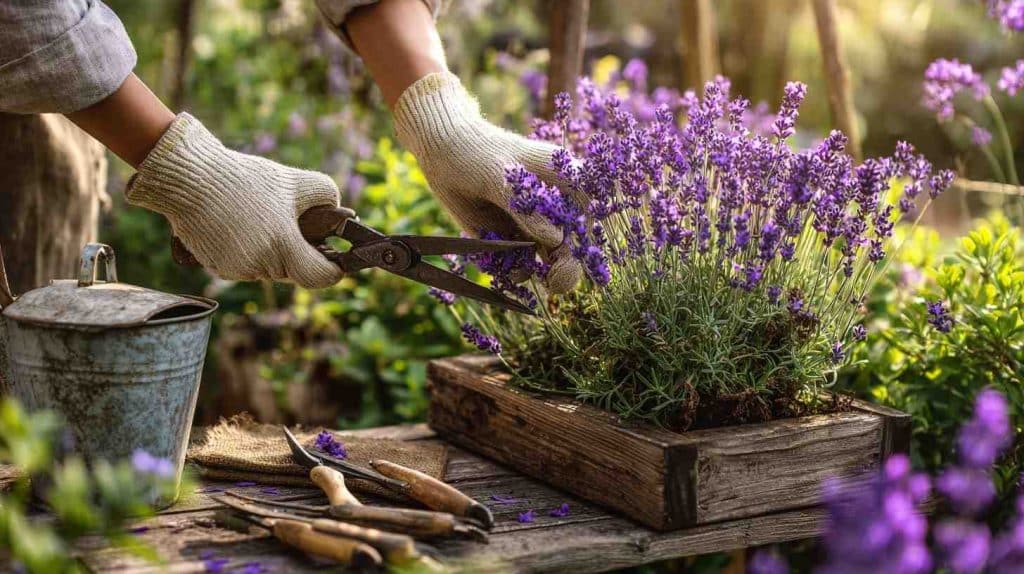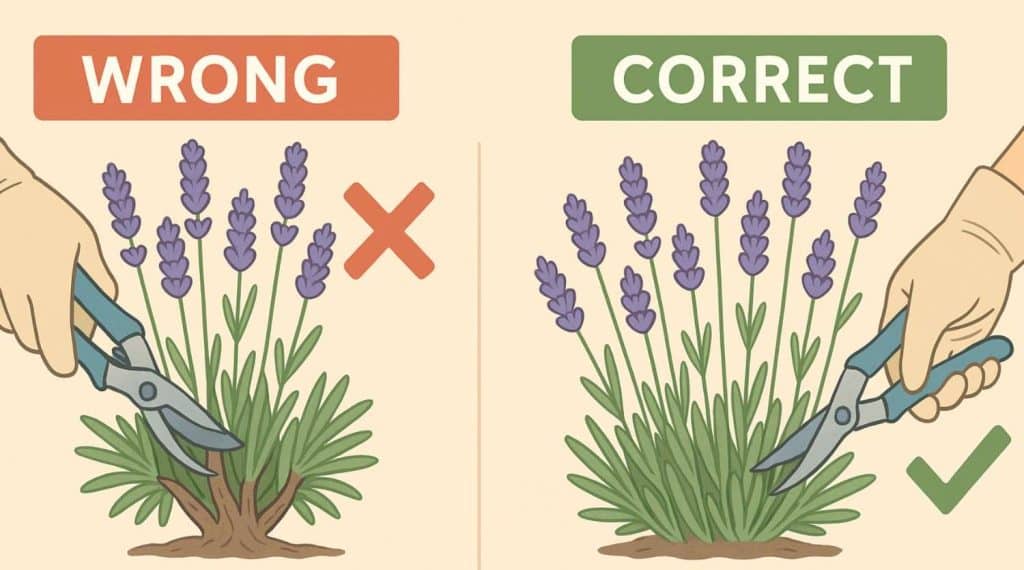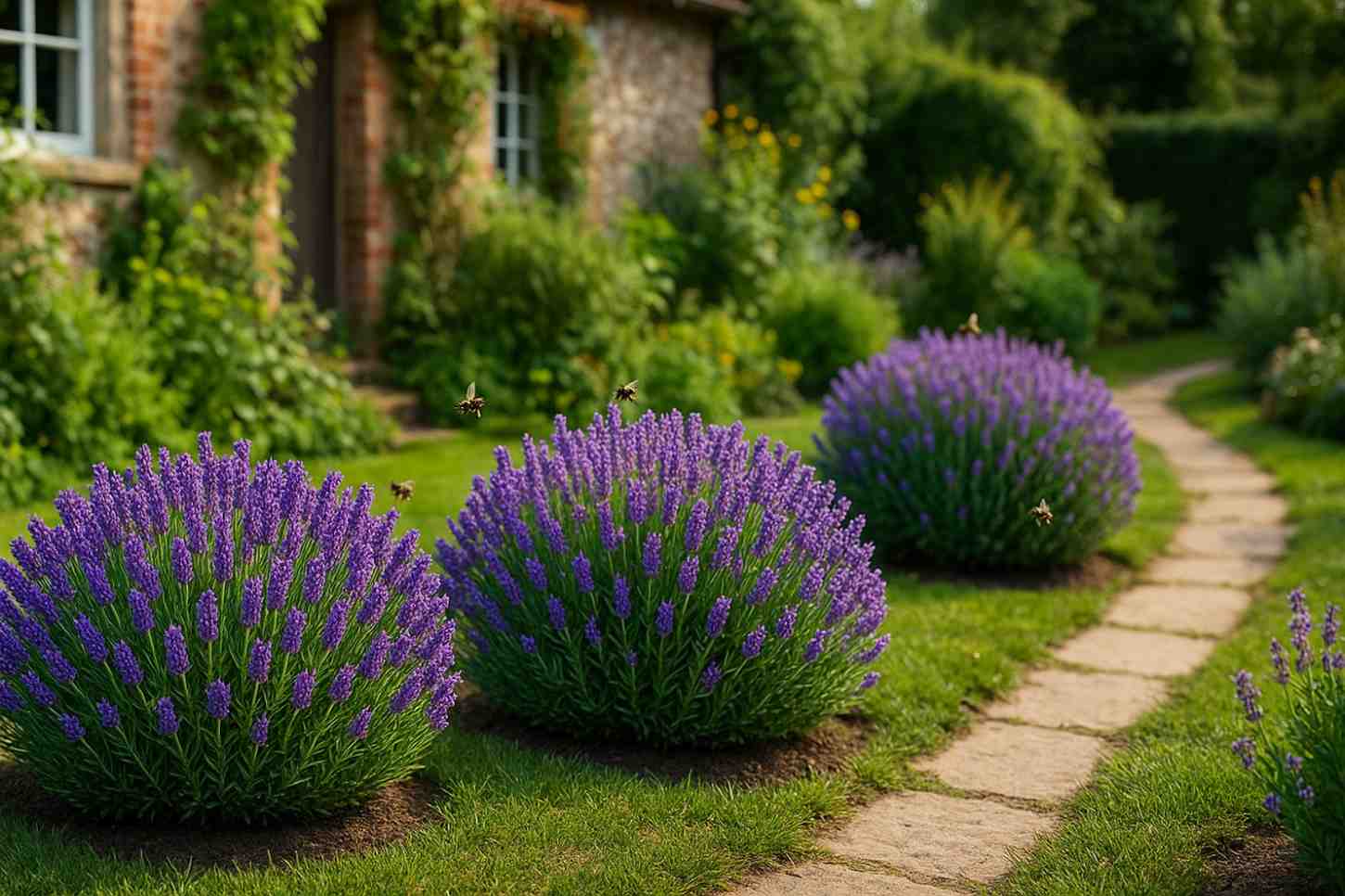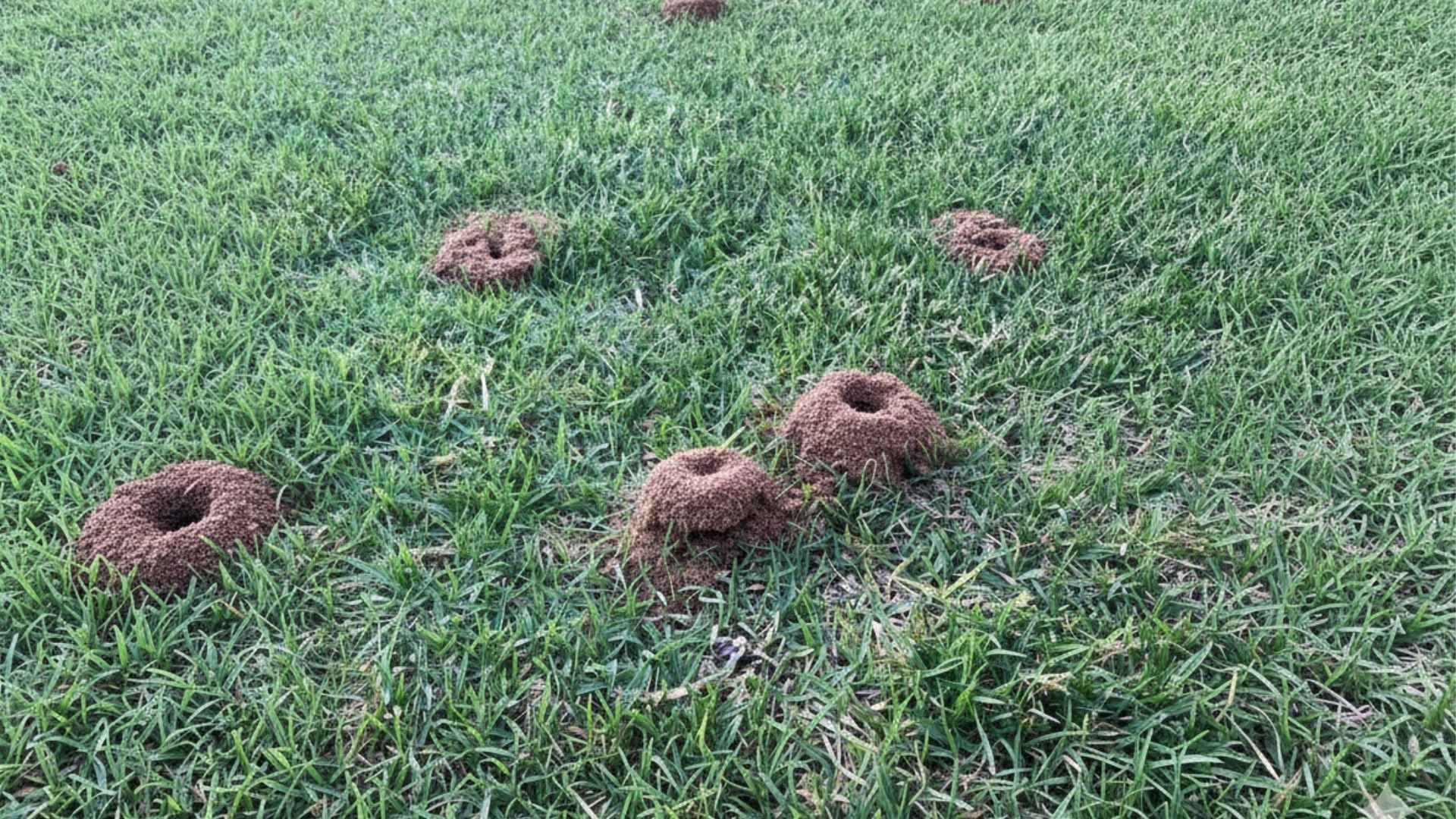Stop watching your lavender plants turn into scraggly, woody disasters.
Every gardener knows that sinking feeling when their once-gorgeous lavender bushes look more like sad twigs than the lush, fragrant plants they bought.
Most people are unsure when or how to prune lavender correctly, resulting in fewer blooms and shorter plant life.
But what if you could keep your lavender blooming abundantly for 5-10 years with just a few strategic cuts? Proper pruning changes struggling plants into thick, flower-packed beauties.
Ready to turn your lavender from scraggly to spectacular? This guide reveals the exact timing and techniques master gardeners use.
Prune Lavender: Importance and Benefits
Pruning is like giving your lavender a reset button. Without it, your plants can turn woody, sparse, and honestly, a bit scraggly. Regular cuts keep them lush and full of life. Here’s why pruning is a game-changer:
-
Encourages a wide variety of vibrant flowers, sometimes even a second bloom within the same season.
-
Keeps plants healthy by boosting airflow, which reduces fungal issues.
-
Extends lavender’s lifespan to think 5–10 years instead of just a few.
-
Shapes plants into neat mounds, perfect for borders, beds, or pots.
-
Lets you harvest stems for dried bouquets, sachets, or even culinary recipes.
In short, pruning means more blooms, better health, and a more aesthetically pleasing garden. Plus, it’s super satisfying to see those tidy, fragrant plants!
When to Prune Lavender: Best Times by Season and Climate
Timing your pruning right is crucial to avoid stressing your lavender. Get it wrong, and you could lose blooms or harm the plant.
Here’s when to grab your pruners, based on season and your local climate:
Late Summer to Early Fall (August–September): The optimal time for most gardeners. Pruning after the flowers fade, ideally in mid-September 2025, is perfect. This shapes the plant and preps it for winter without risking frost damage.
Early Spring (March–May): A lighter cleanup prune. Wait for new green shoots after the last frost to trim off winter damage and shape for summer.
When to Skip Pruning:
- Mid-summer (June–July) during peak bloom, unless you’re just harvesting flowers.
- Deep winter, as fresh cuts can’t handle freezing temps.
- First-year plants let them establish roots before pruning.
|
Climate Zone |
Best Fall Pruning Time |
Best Spring Pruning Time |
|---|---|---|
|
Warm (USDA 8–10) |
September–Early October |
March–April |
|
Cool (USDA 5–7) |
Early September |
April–May |
If you’re in a warm spot like California, you’ve got a bit more wiggle room. In colder areas like the Midwest, stick to early fall or spring to keep your lavender safe.
How to Prune Lavender Effectively?

Pruning lavender is easier than it looks, and you don’t need to be a gardening guru to nail it. Grab your tools, follow these steps, and your plants will thank you with gorgeous blooms.
-
Gather Your Gear: Get sharp bypass pruners or shears, gloves (lavender oils can irritate skin), and a bucket for clippings. Clean tools with rubbing alcohol to prevent disease.
-
Inspect the Plant: Look for brown, brittle, or dead stems. Scratch a stem if it’s green underneath, it’s alive; if brown, it’s ready to be cut.
-
Light Trim (Post-Bloom): Snip off faded flower stalks about an inch above the leaves. This keeps things tidy and might spark more blooms.
-
Hard Prune (Main Cut): For older plants, cut back one-third to half the height, but stay above the woody base. Leave 1–2 inches of green growth to ensure regrowth. Shape into a rounded mound.
-
Spring Cleanup: Trim off dead or damaged bits lightly, shaping the plant for summer.
-
Clean Up: Dispose of debris to prevent pest infestations. Dry healthy clippings for crafts by hanging them upside down in a dark, airy spot for one to two weeks.
A handy trick? Use the “8-8-8 rule” for established plants: prune to 8 inches tall, 8 inches wide, and 8 inches from the center for a perfect shape.
Pruning Lavender by Variety: Tailored Tips for Different Types
Different lavender types have slightly different needs, so knowing your plant helps you prune smarter. Here’s a quick rundown:
|
Lavender Type |
Hardiness (USDA Zones) |
Pruning Tips |
|---|---|---|
|
English Lavender (e.g., Hidcote, Munstead) |
5–9 |
Hard prune in late summer (up to one-third), light trim in spring. Great for hedges. |
|
Lavandin Hybrids (e.g., Grosso, Provence) |
5–8 |
Prune after late August blooms. Long stems are perfect for bouquets. |
|
French/Spanish Lavender (e.g., Anouk, Bandera) |
8–10 |
Light spring/summer cuts. Grow in pots in cold areas and bring indoors for winter. |
English lavender is the toughest and easiest for beginners. French or Spanish types are more delicate, so go easy on them.
Common Mistakes to Avoid When Pruning Lavender

Nobody’s perfect, but avoiding these pruning slip-ups will keep your lavender happy:
-
Cutting into Woody Stems: Never cut into the brown, woody base; lavender won’t grow back from there. Stick to green growth.
-
Pruning Too Late in Fall: Late cuts (after early September in cold areas) leave new shoots vulnerable to frost.
-
Over-Pruning Young Plants: Skip pruning first-year lavender to let roots settle.
-
Dull or Dirty Tools: Ragged cuts invite disease. Sharpen and clean your pruners.
-
Pruning in Wet Weather: Wet cuts can lead to fungal issues. Wait for a dry day.
Got a woody lavender? Try a hard spring prune (up to two-thirds) to revive it. If it’s too far gone, it might be time for a new plant.
Additional Lavender Pruning Tips for Success
Want your lavender to be the star of the garden? These extra tips will help:
-
Harvest Smart: Cut blooms in the morning for the strongest scent. Use them fresh or dry for sachets, teas, or desserts.
-
Soil and Sun: Lavender loves sandy, well-drained soil and 6+ hours of sun. Fix drainage issues to avoid root rot.
-
Light on Fertilizer: A bit of compost in spring is enough. Too much fertilizer makes plants leggy.
-
Pest and Disease Control: Pruning improves airflow, keeping fungi and pests like aphids at bay.
-
Winter Prep: In cold zones, mulch roots lightly after fall pruning to protect them. Skip pruning if a harsh winter’s coming.
-
Pollinator Love: Pruned lavender attracts bees and butterflies, making your garden eco-friendly.
For easy planning, jot down a pruning schedule: August/September for the main cut, March/April for a quick cleanup. It’s a simple way to stay on top of things!
Wrapping It Up
Pruning lavender isn’t just garden maintenance; it’s the key to years of fragrant blooms and healthy plants.
With the right timing and techniques, you can transform any scraggly bush into a thriving centerpiece that produces flowers year after year.
Remember the basics: prune in late summer after blooms fade, avoid cutting into woody stems, and use clean, sharp tools.
Whether you’re growing hardy English varieties or delicate French types, these methods work across all climates and garden styles.
Your lavender plants are counting on you to give them the care they need. So grab those pruners this September and watch your garden change into a fragrant paradise that attracts pollinators and impresses visitors.
What’s your biggest challenge with lavender care? Share your questions in the comments below.














